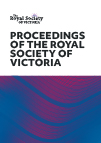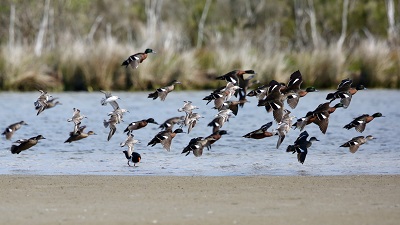This paper is the introduction to a collection of papers arising from a Royal Society of Victoria roundtable on the future of the Gippsland Lakes.
This article belongs to the collection: Gippsland Lakes Symposium.
RS24007 Abstract | RS24007 Full Text | RS24007PDF (634 KB) Open Access Article





